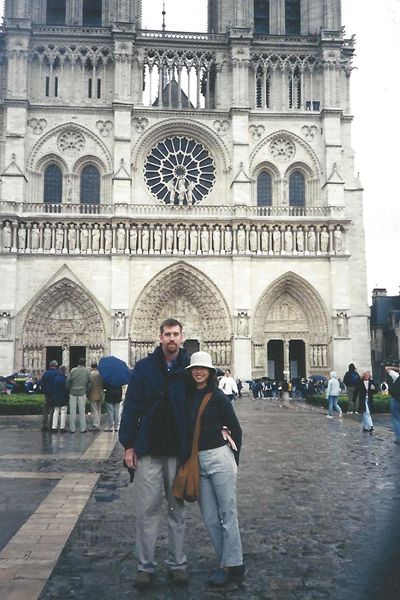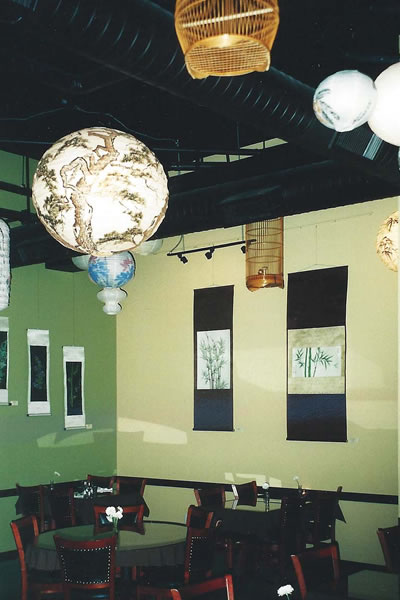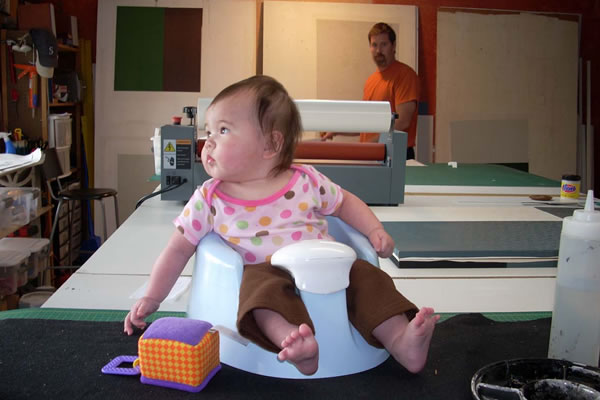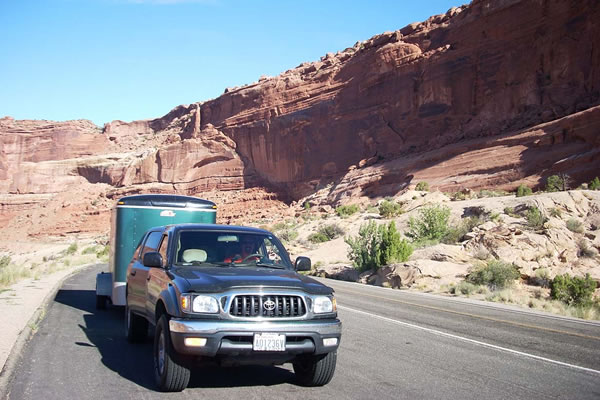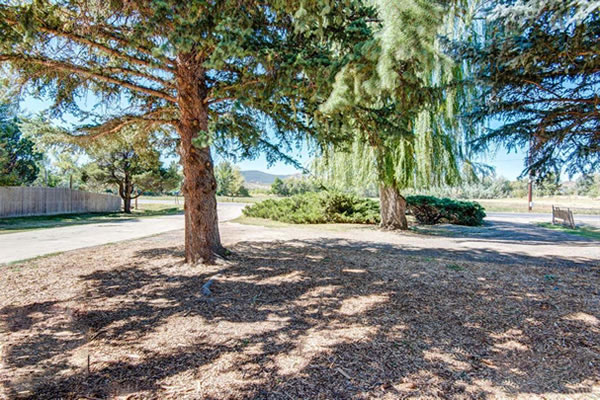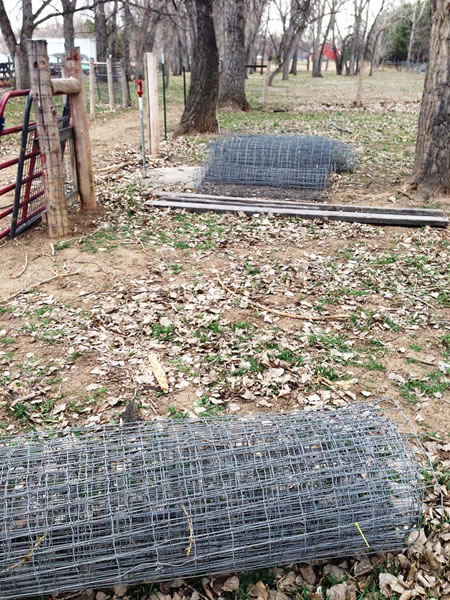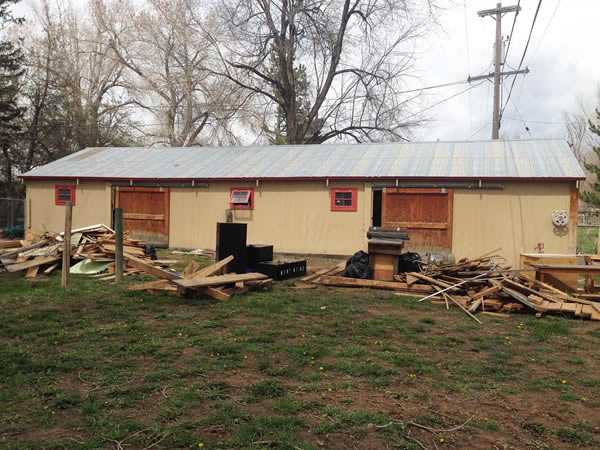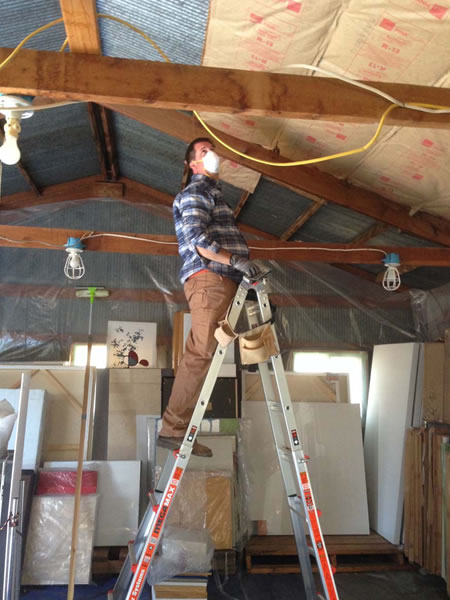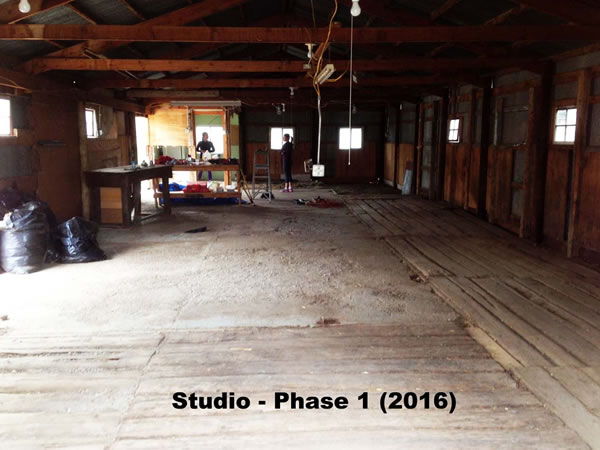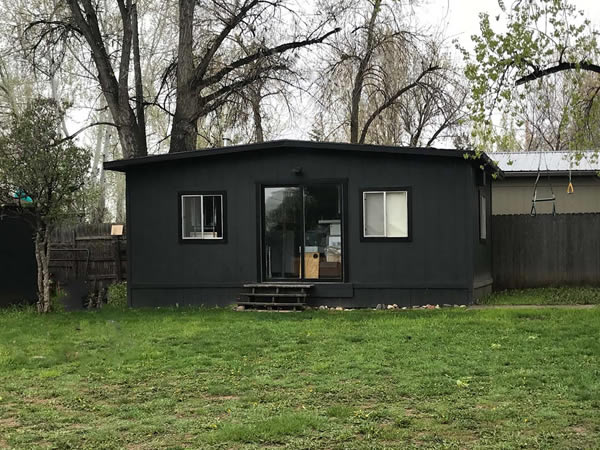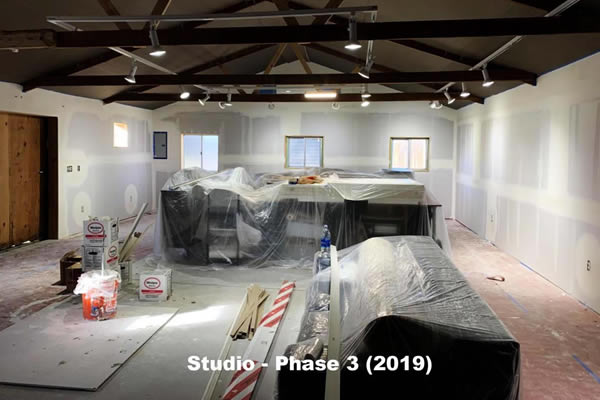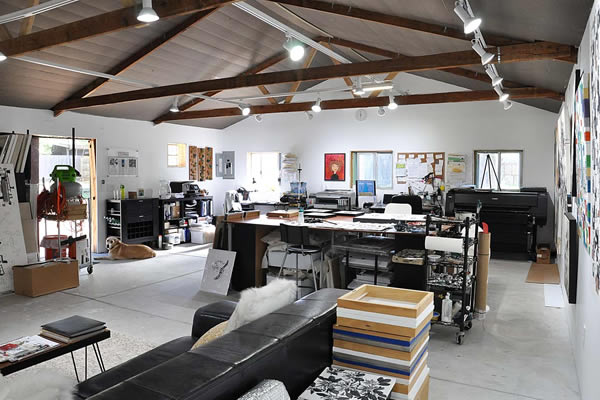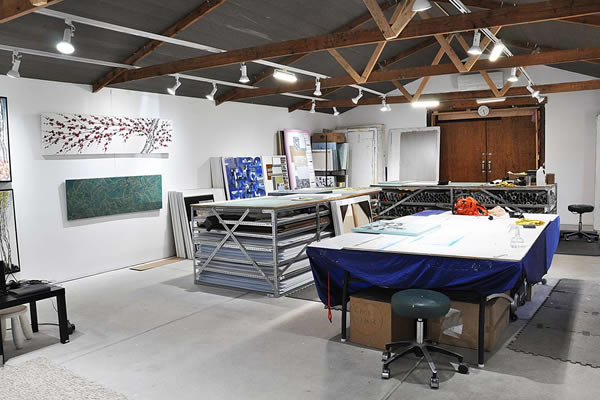In 1998
Nha was working at her family’s restaurant in Seattle, Washington and Chris walked in. A year later they decided to embark on the adventure of their lives. After getting rid of all of their possessions they boarded a plane headed for Tainan, Taiwan to travel and study art. Tainan was the old cultural center of Taiwan and known to have a vibrant and large community of artists and teachers.
Having access to teachers who were masters of their artform, Nha immediately took intensive lessons in traditional and contemporary ink and brush painting as well as calligraphy. Chris and Nha knew that upon their return to the states finding someone to mount Nha’s paintings would be difficult, so Chris volunteered. He apprenticed under Master Huang in the traditional artform of stretching and mounting works on paper onto shoji screens and scrolls. The technique dates back 2000 years since ink and paper were used. This period in Chris’ life was important to the development of his collage technique. The process of wet mounting and stretching papers serves as the foundation of his collage that he practices today.
The time they lived abroad
was filled with self-discovery and learning. They had the opportunity to travel to over 12 dozen countries and visited museums and cultural monuments, some of their favorites being Angor Wat and Versaille. This was a crucial time in their lives to absorb the knowledge and life experience necessary to add depth and perspective to their unique artforms. Neither Chris nor Nha have degrees in art however their approach to their art is uniquely theirs. They believe that the artist’s purest expression comes from the mind’s eye and not from what they have learned in art school. Many artists struggle with finding a style that is truly theirs because their mind is filled with other artists art.
After living in Asia
for 5 years, Nha and Chris moved back to Seattle to open her parent’s 3rd restaurant. Located in the trendy neighborhood of Bell Town in downtown Seattle, the restaurant quickly became a favorite spot for locals. All the artwork in the restaurant was filled with Nha’s original ink paintings and many of her hand-painted lanterns graced the ceiling. While she started selling her art in the restaurant, Chris used the time to fine-tune his technique and developed his first series of art done on shoji screens.
With all their belongings packed
in a moving van and their green show truck and trailer Chris and Nha decided to move to Austin Texas for a more centralized location to shows. This allowed them to travel to art shows within a day or two drive for the winter as well as fall. Most of the summers were spent in the upper Midwest and an annual trip back to Seattle.
The family,
around every two years, had a vision of one day living in a charming mountain town where their daughter could grow up hiking and skiing. In the past they visited Colorado quite often however on one trip while they were living in Houston, they stumbled onto Fort Collins Colorado and that this historic town nestled in the Colorado foothills was the one. Since 2015 they have lived in Fort Collins with their daughter Sierra, dog Basil and 15 chickens.
The studio/property
Located on the famous Overland Trail,
our studio and property sits on the wagon route used by explorers and trappers headed to California and Oregon in the 1800s. Originally a farm that was home to 30 alpacas the property consisted of a house, barn, and 400 sq foot building that was used as a schoolhouse for the previous owners 6 homeschooled children. 15 gated pens littered the back acre so that one could not walk from one end of the yard to the other. The property needed a lot of work, however, as artists, we could see the diamond in the rough and approached it as a 5-year art project.
The first week
of acquiring the property consisted of removing hundreds of feet of fencing as well as 70 poles that held up the fencing. Being from the city we did not come with the knowledge of farm life or in particular, how to get the poles that were cemented 4 feet out of the ground. It was a combination of axes, chainsaws, and tying a chain to the back of our truck that helped complete the task weeks later.
Week 4
was the start of the demo on the barn. It was a working farm so the barn had a vet room, birthing pit, and many stalls that needed to be removed. The barn was 1500 square feet and we were excited to see the prospect of a giant workspace with gallery walls. It was a lot of back-breaking work but extremely satisfying when 4 dump trucks carried out 70 years of debris and barn partitions.
The first winter in Colorado
was a brutal learning experience. Coming from mainly warm and temperate climates we learned that yes paint can freeze and it’s hard to work with 2 coats, hats, and gloves with fingertips cut off. In order for our art supplies as well as ourselves to survive, we had to figure out how to install insulation quickly. It was two weeks of itchy fiberglass on our skin and scary moments on the ladder stapling it to the ceiling. Next time maybe we’ll hire someone to do it.
When all the partitions were removed,
we could see that the floor was a hodgepodge of 40 railroad ties, hand-mixed concrete, and dirt. In order to keep the dust down, we stapled large tarps to the floor so as to get back to making art quickly. Since Nha’s paintings were usually done on white paper she had to set up a temporary studio in the schoolhouse until cement floors were poured. We do not miss tripping on the edges of the tarps.
Year 3
came with the pouring of the cement floors and painting of the exterior of all the buildings that brought it closer to the mountain modern look that we were trying to achieve. Large equipment came and tore out all the mismatched materials that made up the floor of the barn. The biggest dilemma was to figure out how to dispose of 40 railroad ties. Fortunately, we found that people would take anything that had a free sign on top of it. We also painted all the buildings dark gray with black trim. We noticed with that effect that scenery became the focal point and the buildings became just silhouettes. It brought a sense of calmness and continuity to the property. In the winter, the contrast with black buildings and austere white snow was striking.
2019 was a good year
for the art business. The recession was over for a couple of years and things seemed to move in the right direction. We were able to rewire the barn and get rid of the myriad of dangling wires and fluorescent lights. We were also finally able to close up the walls and install drywall. The transformation was incredible and the white walls add so much more light to the studio. The changes to the studio were uplifting and we all worked better inspired by the beautiful space that we created.
As with any large homestead
there are always projects to be done. We were able to squeeze in a midcentury tree house, plant some flowers, hang some hand-crocheted swings by a Florida artist and take care of 15 chickens. As you can see landscaping will be next on the list.


